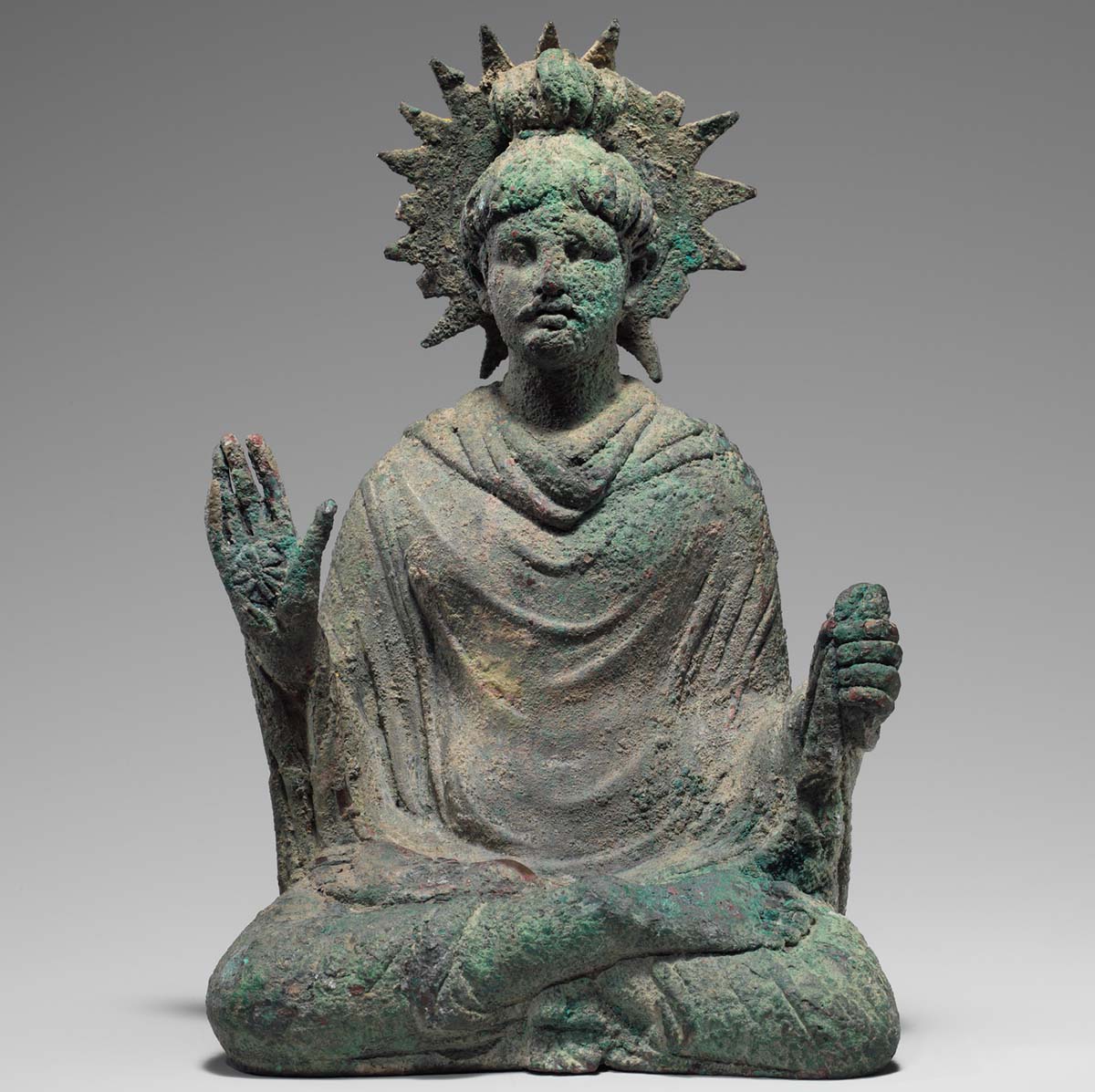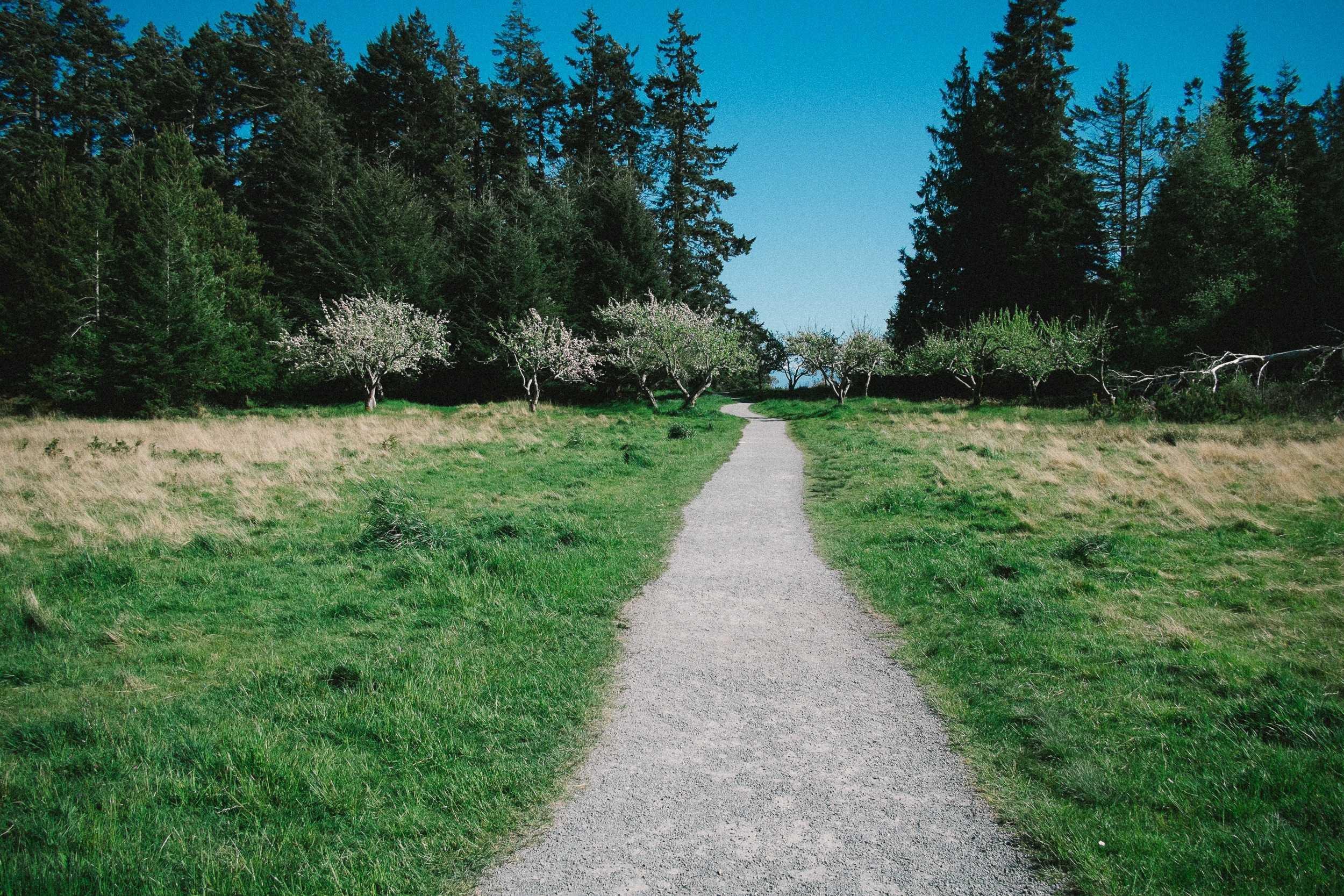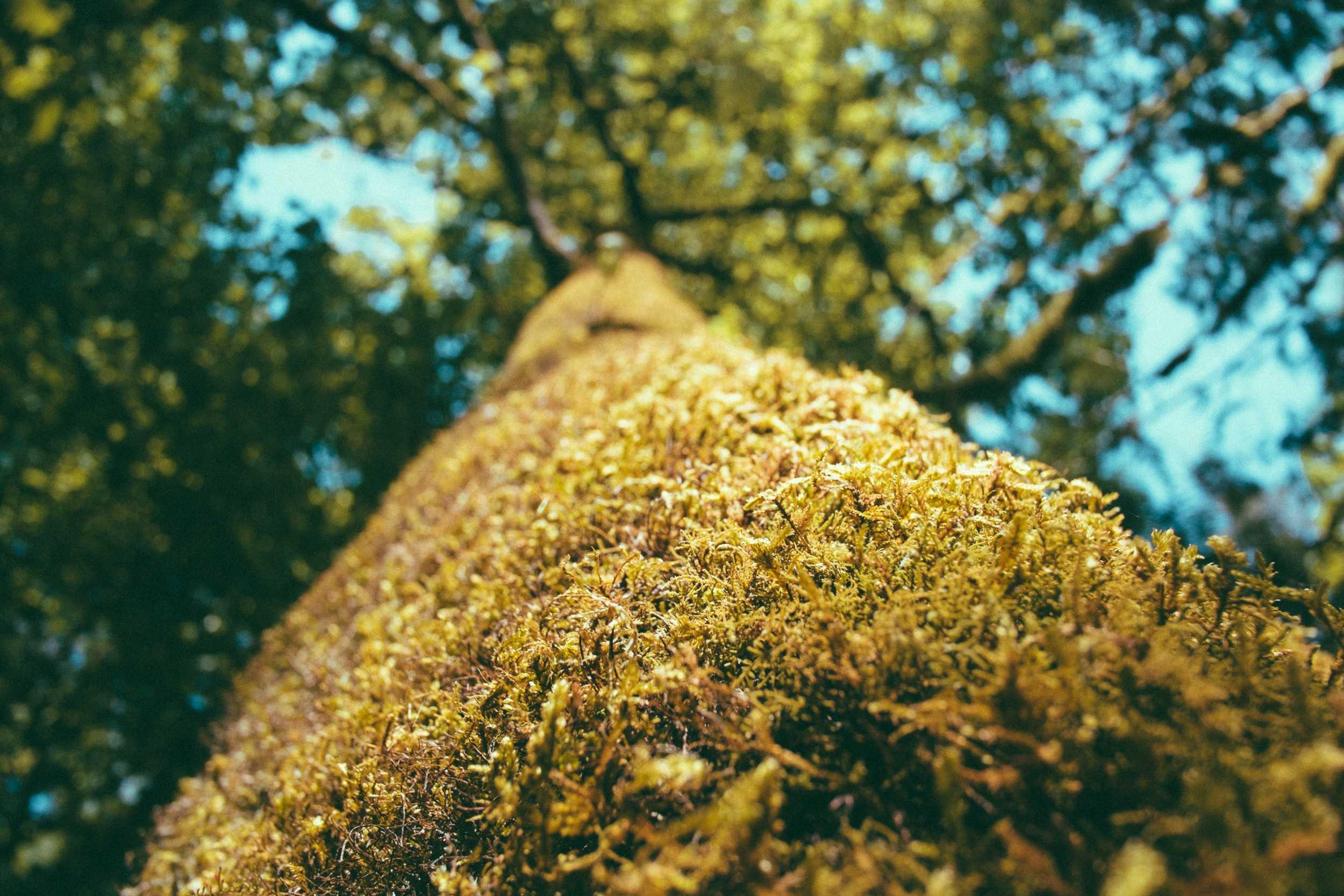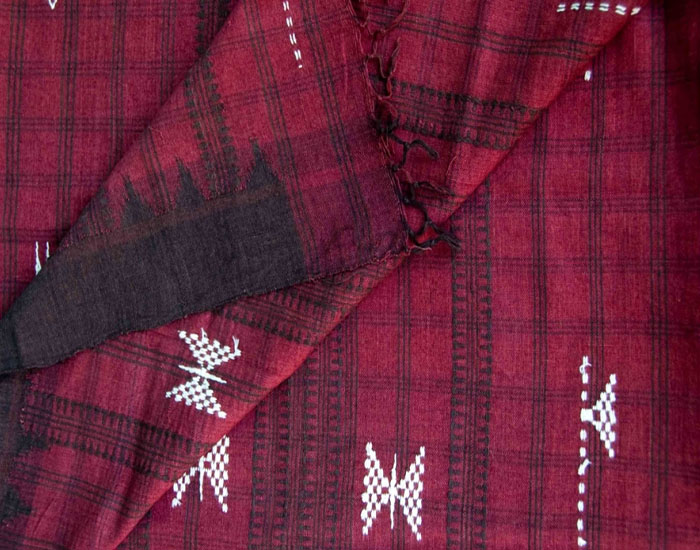A distinctive handheld vessel with a round body, constricted neck and flared circular mouth, the lota has been used for centuries throughout the Indian subcontinent to serve and pour water.
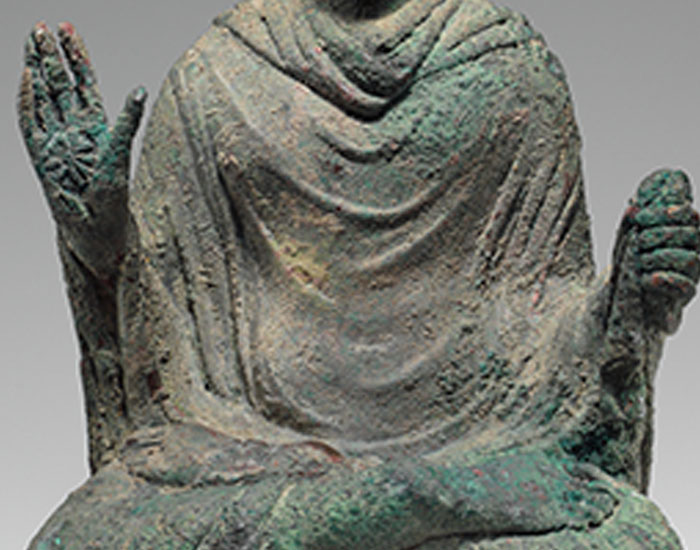
Key Facts
1
Lorem ipsum dolor sit amet, consectetur adipiscing elit, sed do eiusmod tempor incididunt ut labore et dolore magna aliqua.
2
Lorem ipsum dolor sit amet, consectetur adipiscing elit, sed do eiusmod tempor incididunt ut labore et dolore magna aliqua.
3
Lorem ipsum dolor sit amet, consectetur adipiscing elit, sed do eiusmod tempor incididunt ut labore et dolore magna aliqua.
One of the five commonly depicted mudras in Buddhism, the abhaya mudra is associated with the fifth Dhyani-Buddha Amoghasiddhi. The gesture, whose name translates to ‘fearless’ or ‘freedom from fear’ in Sanskrit, symbolises peace and friendship, and denotes acts of pacification, reassurance or protection. It is performed using either the right hand or both hands, with the fingers outstretched and the palms slightly cupped and facing the viewer. When it is performed using only the right hand, the left hand usually hangs loosely by the side of the body or assumes the varada mudra.
This mudra is one of the most widely used symbolic and ritual gestures in Hinduism, Jainism, Sikhism and Buddhism. Across Southeast Asia, deities, saints and gurus or great teachers are depicted performing the benevolent abhaya mudra, making it a recognisable gesture and an indicator of divine associations. It appears most significantly in Buddhist art, lending particular symbolic meaning to its context in murals, sculpture, thangkas and popular prints.
Section 1
The abhaya mudra made with the left hand, common in Theravada Buddhism, is thought to denote a warning or a command to halt. This interpretation is based on a popular Buddhist story in which the Buddha uses the gesture to stop the advances of a rampaging elephant released by a spiteful Devdutta — his nephew and disciple. In another incident, the Buddha performs the mudra to resolve a water dispute within a family.
The mudra has been represented slightly differently across historical periods. In Gandharan art, for instance, the hand forming the gesture is held up at the shoulder level, but later, from the fifth century CE onwards, the hand is represented progressively lower, finally reaching hip level. Though primarily seen in representations of the standing Amoghasiddhi, it is also associated with the walking Buddha in the Theravada sects of Thailand and Laos.
Lorem ipsum dolor sit amet, consectetur adipiscing elit, sed do eiusmod tempor incididunt ut labore et dolore magna aliqua. Ut enim ad minim veniam, quis nostrud exercitation ullamco laboris nisi ut aliquip ex ea commodo consequat.
Section 2
This mudra is one of the most widely used symbolic and ritual gestures in Hinduism, Jainism, Sikhism and Buddhism. Across Southeast Asia, deities, saints and gurus or great teachers are depicted performing the benevolent abhaya mudra, making it a recognisable gesture and an indicator of divine associations. It appears most significantly in Buddhist art, lending particular symbolic meaning to its context in murals, sculpture, thangkas and popular prints.

Lorem ipsum dolor sit amet, consectetur adipiscing elit, sed do eiusmod tempor incididunt ut labore et dolore magna aliqua. Ut enim ad minim veniam, quis nostrud exercitation ullamco laboris nisi ut aliquip ex ea commodo consequat.
First Published: April 21, 2022
Last Updated: December 10, 2024
Bibliography 
Ables, Kelsey. “The Complex Meanings behind Hand Gestures in Buddhist Art” Artsy. Accessed July 8, 2020. https://www.artsy.net/article/artsy-editorial-complex-meanings-hand-gestures-buddhist-art.
Asian Art. “Abhaya mudra.” Mudras: Buddhist Hand Positions. Accessed 6 August 2020. https://www.burmese-art.com/about-buddha-statues/hand-positions/abhaya-mudra.
Beer, Robert. The Encyclopedia of Tibetan Symbols and Motifs. Boston: Shambhala, 1999.
Behrendt, Kurt. “Tibet and India Buddhist Traditions and Transformations” The Metropolitan Museum of Art Bulletin LXXI, no. 3. (2014).
Kossak, Steven. “The Arts of South and Southeast Asia.” The Metropolitan Museum of Art Bulletin LI, no. 4 (2011).
Munsterberg, Hugo. Art of India and South East Asia. New York: Harry N. Abrams Inc., 1970.
Samad, Rafi. The Ancient Buddhist Civilization of The Swat, Peshawar, Kabul and Indus Valleys. New York: Algora Publishing, 2011.

